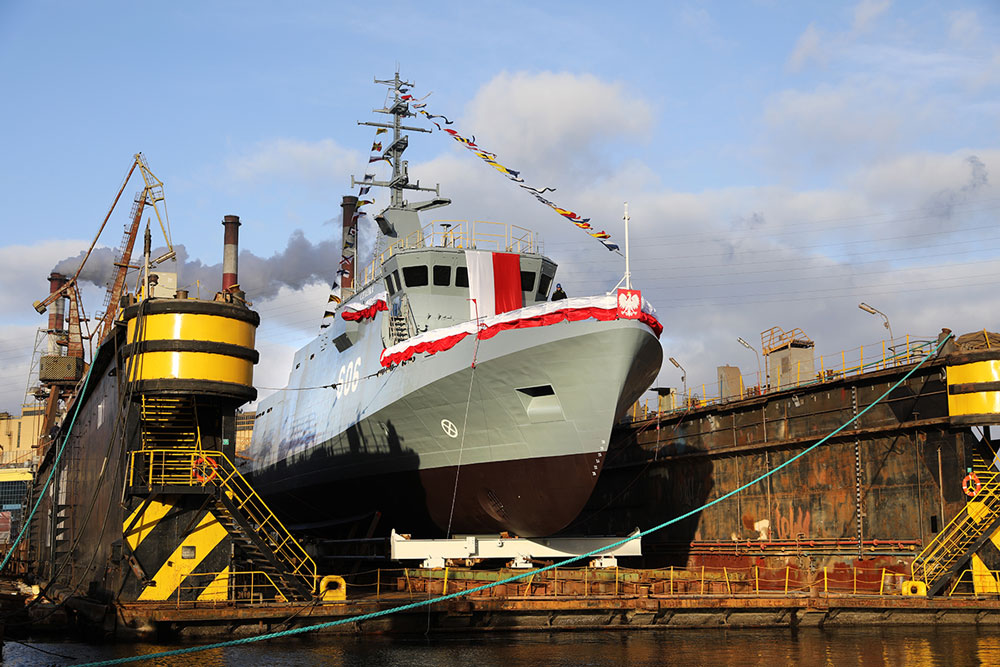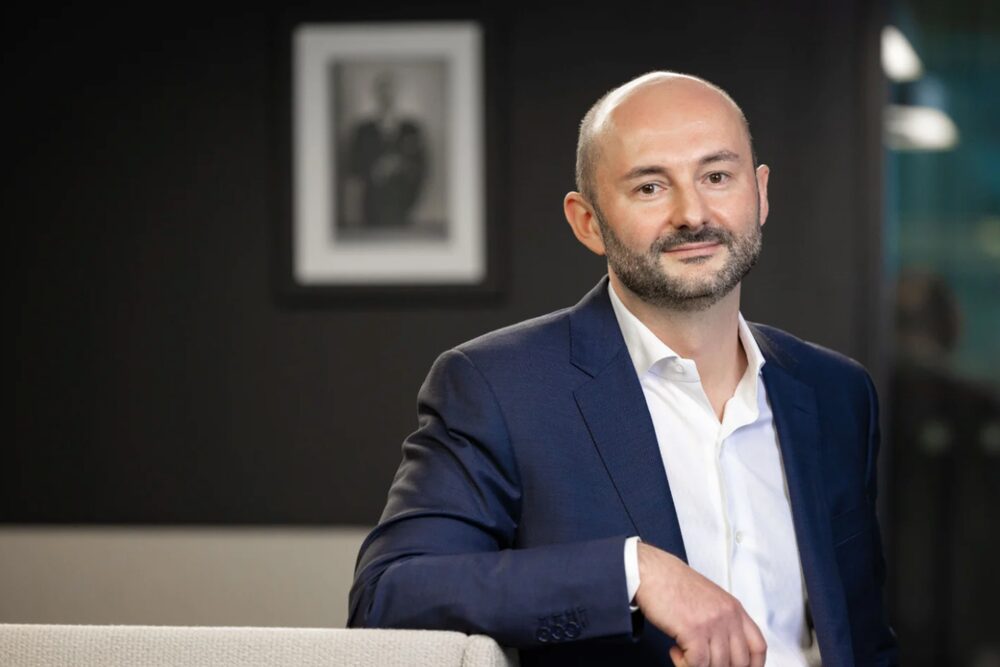The South Korean liner shipping company HMM has reported a slump in profits after a record year in 2022. However, the shipping company remains profitable and sees itself in a better cost position with the upcoming delivery of new large container ships.
In 2023 as a whole, revenue fell by almost 55% compared to 2022 to KRW 8.4 trillion (around KRW (around USD 6.3 billion) compared to 2022. Revenue in the core container shipping business fell by almost 60%, while the shipping company recorded revenue growth of over 13% in the liquid and dry bulk business. Operating profit with a margin of 7% for the full year slumped from KRW 9.95 trillion in 2022 to KRW 585 trillion. KRW to KRW 585 billion, while net profit with a margin of 12% was KRW 1 trillion, 90% below the previous year’s figure. KRW 90% below the previous year’s figure. The company’s gearing ratio improved slightly to 20% in 2023 compared to 25% in 2022.
In the fourth quarter of 2023, the shipping company was able to slow down the decline in revenue, which had been between 50% and 60% in the previous quarters. In Q4, revenue still fell by 41% to KRW 2.1 trillion. At KRW 301 billion, net profit for the last quarter was 79% below the previous year’s figure. HMM’s container transportation volume in 2023 was 3.8 million TEU of containers, compared to 3.7 million TEU in the previous year.
“Overall, the decline in demand and the influx of new container ships have led to a normalization of the container shipping market, so that freight rates in the most important trade lanes have come under downward pressure in 2023,” explains HMM. The Shanghai Containerized Freight Index (SCFI) averaged 1,006 points in 2023, a significant decline of 71% compared to 3,410 points in 2022.
Deliveries bring HMM’s capacity to 1 million TEU
In light of the disruptions in the Red Sea region and the drought in the Panama Canal, South Korea’s largest shipping company speaks of continued uncertainty and market volatility.
HMM will take delivery of twelve new 13,000 TEU container ships this year, bringing its fleet capacity to 1 million TEU. Once delivery is completed, large containerships of more than 10,000 TEU will make up 80% of HMM’s fleet, which the company expects will significantly improve its cost structure and operational efficiency.
“Notwithstanding the recent sale process, HMM is making great efforts to improve its business capability to respond quickly to the ever-changing market environment and will continue to lay a solid foundation for future growth,” it said. Efforts are currently underway to find a private buyer for the shipping company. Most recently, the South Korean Harim Group, the preferred bidder, backed out after all. HMM is therefore still up for sale. In the meantime, the German container liner shipping company Hapag-Lloyd also appeared as a bidder, but was excluded after pressure from the South Korean economy.














